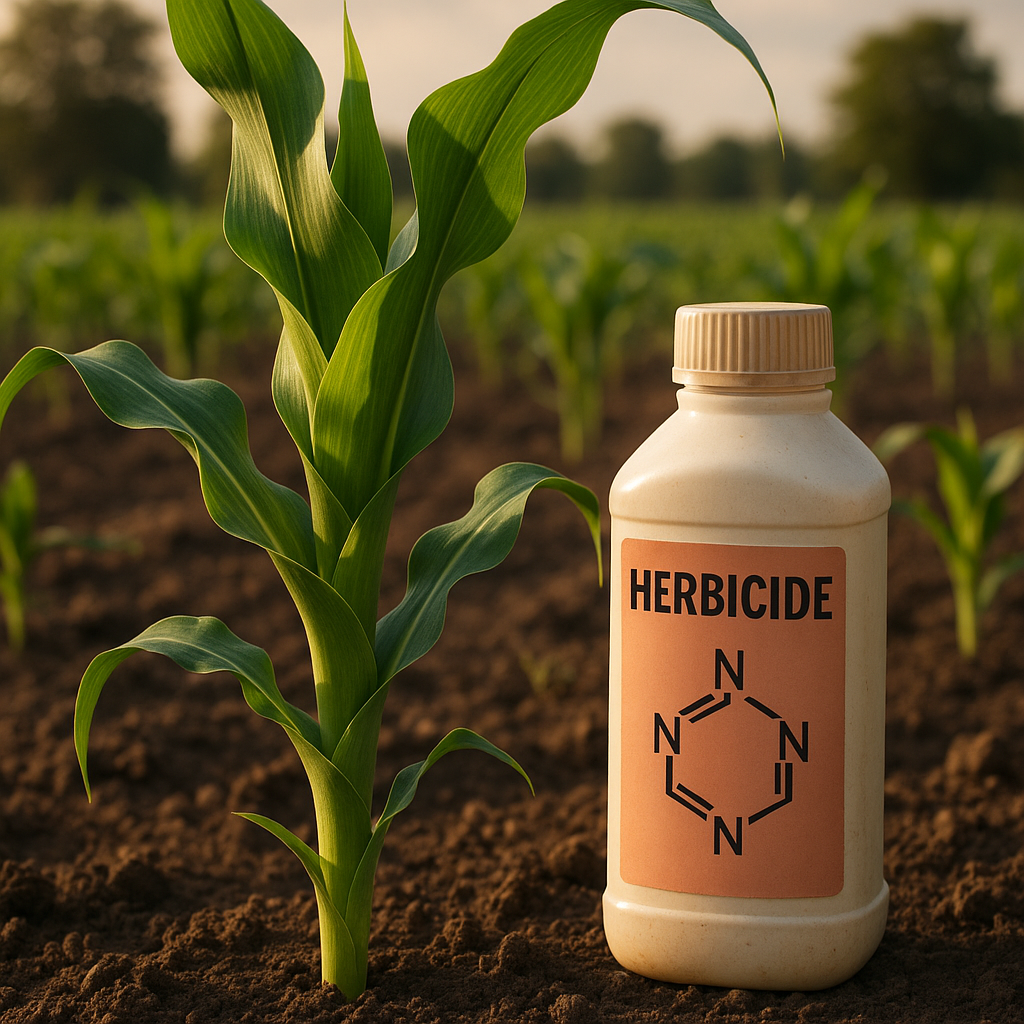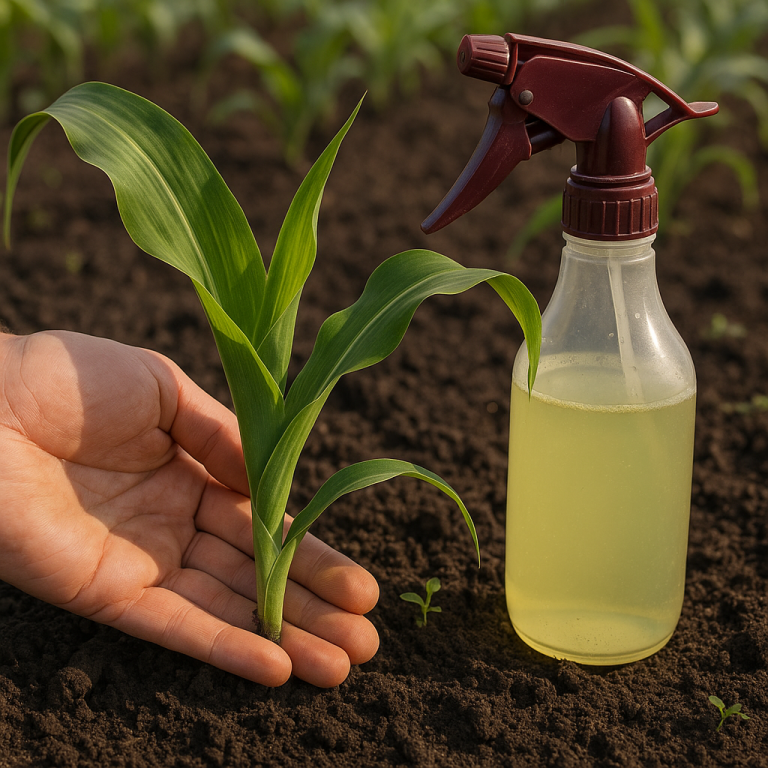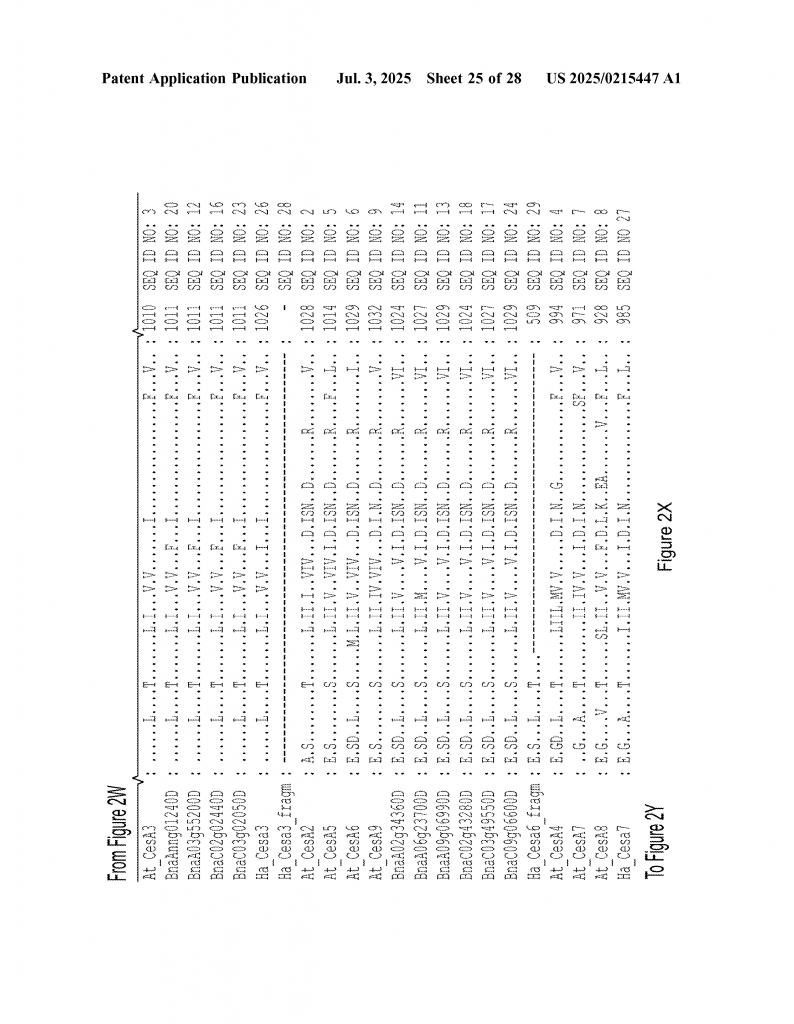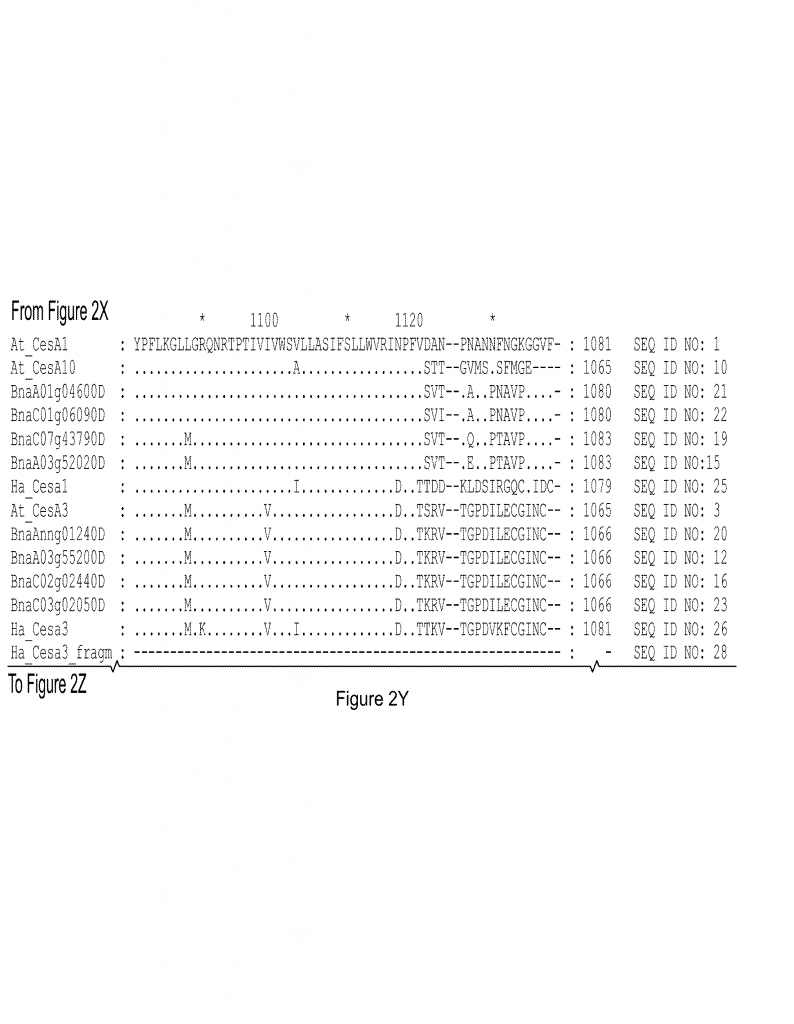Plants Having Increased Tolerance To Herbicides

Invented by Tresch; Stefan, Sisay; Mihiret Tekeste, Schachtschabel; Doreen, Hanzlik; Kristin, Weston; Brigitte, Vogt; Florian, Geerdink; Danny, Lerchl; Jens

This article breaks down and explains a recent patent application for plants that can survive certain herbicides thanks to a small change in their DNA. The goal is to help you understand why this is important, what science came before, and what makes this invention new and useful.
Background and Market Context
Growing crops is hard work, and weeds are a big problem for farmers everywhere. Weeds compete with crops for sunlight, water, and food in the soil. To help their crops grow, farmers use herbicides—special chemicals that kill weeds. But many herbicides also hurt the crops themselves, making it tricky to keep the good plants safe while killing the bad ones.
Over the years, scientists have tried to create crops that can survive certain herbicides so that farmers can spray fields and only weeds will die. This idea is called “herbicide tolerance.” When a crop is tolerant to a herbicide, a farmer can spray the chemical without worrying about hurting their harvest. This makes weed control easier, saves time, and can help grow more food on the same land.
But as herbicide use has grown, so have problems. Weeds can become resistant, crops can get hurt, and there are always new rules about what chemicals can be used. Companies and farmers need new solutions that are safe, work well, and follow the rules. One way to do this is by making plants that can survive new types of herbicides, especially ones that stop weeds by blocking key parts of their growth.
One important part of every plant is its cell wall. The cell wall is like a strong shell that gives the plant its shape and keeps it standing up. The main material in the cell wall is called cellulose. If you stop a plant from making cellulose, it cannot grow or even survive. Some herbicides work by blocking the plant’s ability to make cellulose. These are called cellulose biosynthesis inhibitors (CBIs), or “CESA-inhibiting herbicides,” named after the special part of the plant called cellulose synthase (CESA) that builds cellulose.

If a crop could survive these herbicides while weeds die, it would give farmers a powerful new tool. This is where the new patent comes in. It describes plants that have a small change in their CESA gene, allowing them to keep building their cell walls even when the herbicide is present. This means the weeds die, but the crops keep growing strong.
The market for herbicide-tolerant crops is huge. Farmers everywhere want to control weeds easily and safely. They want crops that can stand up to tough conditions and new herbicides. Companies that develop these new plants can sell seeds, partner with chemical companies, and help feed more people worldwide. This invention is part of a big push to make farming easier, more reliable, and more sustainable.
Scientific Rationale and Prior Art
To understand why this invention matters, it helps to know a little about plant biology and what other scientists have tried before.
Every plant cell has a wall made mostly of cellulose. The cellulose is produced by special proteins called cellulose synthase enzymes, or CESA for short. These proteins work together in groups, like a team building a brick wall around each cell. If you stop CESA from working, the plant cannot make new walls, so it stops growing and may die.
Some herbicides, called cellulose biosynthesis inhibitors (CBIs), target the CESA protein. When a CBI is sprayed on a plant, it blocks the CESA, so the plant cannot build its walls. Weeds die, but so do crops—unless the crop can survive the herbicide.
Scientists have tried a few ways to create herbicide-tolerant plants:

First, they have looked for special enzymes that can break down the herbicide before it hurts the plant. This works for some chemicals, but not always.
Second, they have tried making crops produce more of the target protein, hoping that extra protein would be enough to keep the plant alive. Sometimes this works, but often the herbicide is just too strong.
The third way, and the one used in this patent, is to change the plant’s own CESA protein so that the herbicide cannot stop it. This is tricky, because you want the new version of the protein to keep working in the plant, but to ignore the herbicide.
Earlier patents and research showed that some small changes in CESA could make plants resistant to some types of CBIs. For example, scientists have found changes in the CESA gene in Arabidopsis (a model plant), and other crops like cotton and rice, that allow them to survive certain herbicides. These discoveries were often made by mutating lots of plants and seeing which ones survived the spray.
One earlier example is a patent (WO 2013/142968) that described plants with special CESA changes that could tolerate herbicides like isoxaben or flupoxam. The method was to mutate the plants, spray them with the herbicide, and see which ones lived. The survivors had mutations in their CESA genes that made them resistant. This idea was later used in different crops, like canola (Brassica napus) and sunflower (Helianthus annuus).
But not all CBIs are the same. Some, like the group called “azines,” are newer and work in slightly different ways. Not all known CESA mutations help plants survive these new herbicides. That means scientists must keep looking for new changes that work with new chemicals.

The new patent builds on these past discoveries by finding new, specific changes in the CESA gene that help plants survive azine herbicides. The inventors found that certain changes—sometimes just one or two “letters” in the DNA—can make the plant’s CESA protein ignore the herbicide but still do its normal job. This is a big step forward, because it opens the door to using new types of herbicides, and to making crops with “stacked” resistance to several different weed killers.
Invention Description and Key Innovations
Now, let’s dive into what this patent actually claims and why it is different from what came before.
At its heart, the invention is a plant (or part of a plant, like a seed or leaf) that has a special change in its DNA. This change is in the part of the DNA that codes for the CESA protein. The new version of the CESA protein has a small change—an amino acid (the building block of proteins) is swapped for a different one. This change makes the protein keep working, even when a CESA-inhibiting herbicide (especially an azine) is present. The plant can now survive being sprayed, while weeds die.
The patent describes two special “motifs,” or patterns of amino acids, in the CESA protein. If you change certain positions in these motifs, the protein becomes resistant to the herbicide. The patent spells out exactly which spots can be changed, and what kinds of changes work. For example, in one motif, changing the amino acid at position 5, 16, 17, or 20 makes a big difference. In another motif, changing positions 8 or 11 works.
To make these plants, you can use several methods. One way is to use genetic engineering, putting the changed DNA into the plant so it makes the new CESA protein. Another is to use mutagenesis, treating seeds or cells with chemicals that cause random changes in DNA, then growing them and seeing which ones survive a spray of herbicide. Once you have a resistant plant, you can breed it with other plants to pass the trait on.
What makes this patent special is that it identifies new CESA changes that protect plants from a new class of herbicides—the azines. It is not just one crop or one plant species; the patent covers any plant with this change, and it can be made by genetic engineering or by traditional breeding.
The patent also covers methods for using these plants. For example, a farmer could spray a field with a CESA-inhibiting herbicide, then plant seeds that grow into resistant plants. Or, the seeds could be planted first, then sprayed. This makes weed control much simpler and more effective.
The patent also describes plants that have more than one herbicide resistance gene. This means you could have a crop that survives several different weed killers, making it very hard for weeds to take over. It also describes ways to make plant products—like oil, meal, or fodder—from these resistant plants.
Another important part of the invention is that it provides ways to find even more useful mutations. The patent explains how to make a library of CESA gene changes, put them in plants or cells, and see which ones survive different herbicides. This “screening” method helps discover new useful traits faster.
Finally, the patent covers all the ways you might use these plants: growing them, harvesting them, making food or feed from them, and using them in breeding programs to create new crop varieties.
Conclusion
This patent represents a big step in crop science. By finding and using new changes in the CESA protein, it lets farmers use new herbicides to control weeds without hurting their crops. It opens up new options for weed control, helps protect harvests, and can make farming more efficient and sustainable. By covering both genetic engineering and traditional breeding, the patent allows for flexibility in how these crops are made and used.
For companies, farmers, and scientists, this invention is both a practical tool and a starting point for even more discoveries. With weeds getting harder to kill and rules about chemicals getting stricter, these kinds of innovations are key to the future of farming.
Click here https://ppubs.uspto.gov/pubwebapp/ and search 20250215447.


